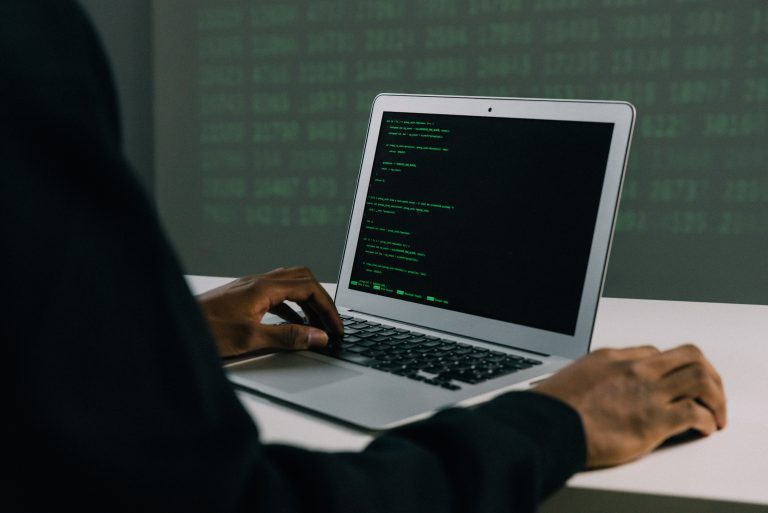Preventing Ransomware From Harming Your Business
What is ransomware? Ransomware is malicious software designed to make your computer inaccessible. This happens when files are encrypted and held hostage for a substantial ransom. The malware uses your device to then spread to other devices on that network. Recently, Colonial Pipeline and JBS Foods suffered ransomware attacks that affected production and forced those companies to pay a huge ransom.
You might wonder how you can prevent this from happening to your company, especially when larger companies make ideal targets. While hackers are pretty adept at exploiting the weakest link in the cyber chain, there are still things you can do to prevent ransomware attacks.
Data Backups
Storing your data backups offsite and offline is one of the best ways to protect your data. This way, you can still recover the data if a hacker is able to get your data and encrypt it. You can even do this without having to pay a ransom for the decryption key. While many feel that paying the ransom is more efficient to get their data back, a few studies show otherwise. In fact, 46% of organizations that paid the ransom found corrupted data during the recovery process.
Cyber Awareness Training

Ongoing cyber awareness training is another important step in preventing ransomware. As mentioned, employees are typically the weak link in most cyber security strategies. Even the most tech-savvy employees can be fooled by a well-crafted phishing email. Once the employee has clicked the link, ransomware is now downloaded onto that device and will spread to the network. Employees will be more cautious about what they do on their devices after cyber awareness training.
Anti Virus/Anti Malware Protection

It’s also important to have endpoint protection like anti-virus software running on all devices. Look for software that can prevent ransomware. They include features like signature matching of known bad malware, behavioral analytics, file reputation evaluation, IPS, download protection, and device control.
Policy of Least Privilege
It would be best to adhere to a strict access control model, like the policy of least privilege. This can help with preventing ransomware and other malware from compromising the network. Malware will spread whatever the level of access the infected users have. The principle of least privilege involves granting only explicit access to specific share folders across a network. These are folders the employee needs to do their job, rather than full access to all files/systems.
While there is nothing that will 100% guarantee that you won’t get ransomware, the above 4 steps can help. It can be compared to locks on your front door. They won’t keep out the most determined of intruders, but they will keep out most. It’s also better than not having any locks on the door whatsoever. QuickProtect will be the locks on your door. Contact us to discuss your ransomware protection needs.


